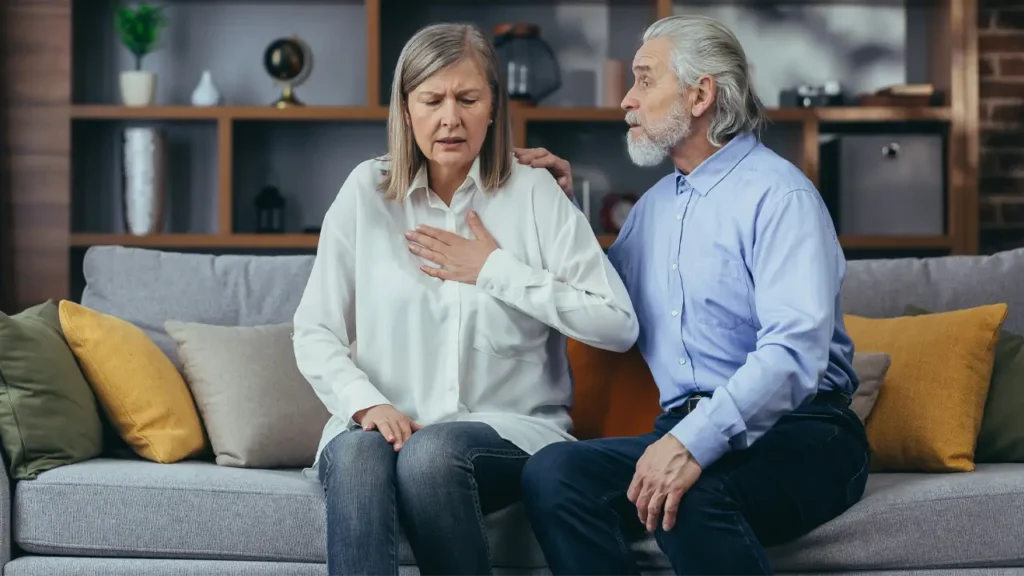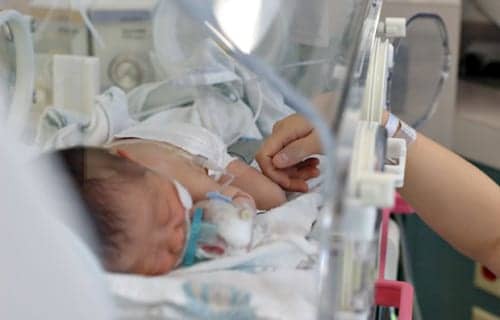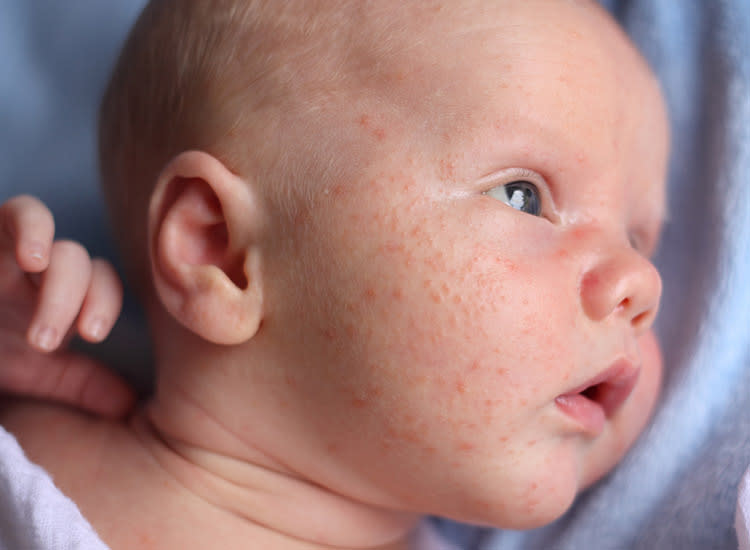Orthopaedics is a branch of medicine that focuses on the diagnosis, treatment, and prevention of musculoskeletal disorders. Musculoskeletal disorders can affect any part of the body, including the bones, joints, muscles, tendons, and ligaments. Orthopaedic specialists are trained to provide comprehensive care to patients with musculoskeletal disorders, and their goal is to improve the patient’s mobility, reduce pain, and improve their quality of life.
Orthopaedics
What makes Green City Hospital best for Orthopaedic care?
Green City Hospital has a team of highly skilled and experienced Orthopaedic surgeons, nurses, and staff who are dedicated to providing the best possible care for their patients.
Green City Hospital offers a comprehensive range of Orthopaedic services, including diagnostic testing, non-surgical treatments, and surgical procedures.
Green City Hospital believes in providing personalized care to their patients. We take the time to listen to their patients’ concerns and work with them to develop a treatment plan that is tailored to their individual needs. We provide education and support throughout the treatment process to ensure their patients are well-informed and comfortable with their care.
Green City Hospital is an excellent choice for Orthopaedic care. We have a team of experts who are dedicated to providing the best possible care to their patients.
Request an Appointment
Green City Hospital Orthopaedic care treats a wide range of Bone Disorders includes
- Arthritis – One or more joints can become swollen and sore.
- Sprains and strains– Whereas a strain involves an injury to a muscle or to the band of tissue that connects a muscle to a bone, a sprain damages the bands of tissue that join two bones together.
- Sports-related injuries – Injuries that occur as a result of participating in sports or other physical activities. These injuries can include sprains, strains, fractures, dislocations, and overuse injuries.
- Elbow pain –It is a common condition that can be caused by a variety of factors, including injury, overuse, arthritis, and nerve compression. Symptoms can include pain, stiffness, and limited range of motion.
- Shoulder pain – It can be caused by a variety of conditions, including rotator cuff injuries, bursitis, tendonitis, and arthritis. Symptoms can include pain, weakness, and limited range of motion.
- Osteoarthritis – It is a degenerative joint disease that occurs when the cartilage that cushions the joints breaks down over time. This can result in pain, stiffness, and limited range of motion.
- Knee pain – It is a common condition that can be caused by a variety of factors, including injury, arthritis, and overuse. Symptoms can include pain, stiffness, and swelling.
- Hip pain–It isdiscomfort in the hip joint or the surrounding areas. Symptoms can include stiffness, limited range of motion, difficulty walking or standing, and pain that can be felt in the groin, thigh.
- Hand pain – Discomfort or pain that is felt in the fingers, hand, or wrist. Symptoms can include aching, stiffness, tingling, numbness, and weakness.
- Foot and ankle pain–It refers to discomfort or pain in the foot or ankle area. Symptoms can include swelling, redness, stiffness, and difficulty walking or standing.
- Back and neck pain– Discomfort or pain felt in the back or neck areas. Symptoms can include aching, stiffness, shooting pain, and limited range of motion.
- Bone fractures – Break in a bone. Symptoms can include pain, swelling, bruising, and difficulty moving the affected area.
- Spondylitis–It is a disorder where the spine becomes inflamed. Hip pain, back pain, stiffness, and reduced movement are among the symptoms.
Green City Hospital provides a wide range of Treatment for Orthopaedic care, Includes
Non-surgical treatments: This includes rest, physical therapy, immobilization with braces or splints, medication to relieve pain and inflammation, and other non-invasive interventions like heat or ice therapy. Non-surgical treatments are often the first line of defence for many orthopaedic conditions, such as sprains, strains, and minor fractures.
Minimally invasive procedures: This includes arthroscopy, a surgical technique that involves the use of a tiny camera and instruments inserted through small incisions to diagnose and treat joint problems like torn ligaments, damaged cartilage, or loose bone fragments. Other minimally invasive procedures include ultrasound-guided injections of medications or platelet-rich plasma (PRP) into affected joints, which can help reduce inflammation and promote healing.
Traditional surgery: For more severe injuries or conditions that don’t respond to non-surgical or minimally invasive treatments, traditional surgery may be necessary. Surgical options may include joint replacement surgery for arthritis, spinal fusion for back pain, or fracture fixation for complex bone fractures. Advances in surgical techniques and technologies have made many orthopaedic surgeries less invasive and more effective with shorter recovery times.
Rehabilitation: After surgery or other treatments, rehabilitation plays an essential role in helping patients regain strength, mobility, and function. Rehabilitation may involve physical therapy, occupational therapy, and other specialized therapies tailored to the patient’s specific needs and goals.
Safety measures for joints
- Regular exercise enhances joint mobility and flexibility. Swimming, cycling, and yoga are low-impact exercises that protect joints.
- Keep a healthy weight: Being overweight stresses your joints, which can damage them over time. Weight loss reduces joint stress and inflammation.
- Employ good form: Proper posture and technique prevent joint stress when lifting weights or doing housework. Lift heavy objects with your legs, not your back.
- Prevent repetitive motions: These might cause joint pain and inflammation. To avoid joint injury, take frequent rests and swap activities.
- Use supportive shoes: Cushioned shoes alleviate joint tension. Avoid high heels and tight shoes, which can inflame joints.
- Frequent doctor visits can detect joint issues early and prevent them from worsening. See a doctor immediately for joint pain or stiffness.
FAQs
The goal of orthopaedics, is to treat the musculoskeletal system. This comprises your muscles, tendons, ligaments, and bones.
Your orthopaedic work may involve replacing entire joints, such as the hips and knees, after rheumatoid arthritis or osteoarthritis or damage. Along with infections and tumours, you’ll also deal with congenital and degenerative musculoskeletal disorders, which commonly affect infants and youngsters.
They fall into three categories: musculoskeletal ailments, degenerative illnesses, and neuromotor deficits.
Non-steroidal anti-inflammatory medications (NSAIDs) are frequently used by themselves to treat mild to moderate pain because they reduce swelling and discomfort. NSAIDs and opioids are frequently combined to treat moderate to severe post-operative pain.
In orthopaedics, lower back pain is one of the most prevalent conditions. Virtually everyone eventually deals with back discomfort. It frequently starts out mildly and subsides with time. But occasionally, symptoms are so severe that they demand medical attention.
our experts

Dr Ajeya Deshpande
Orthopaedic surgeon

Dr Kiran Kumar Y
Consultant Orthopedician




